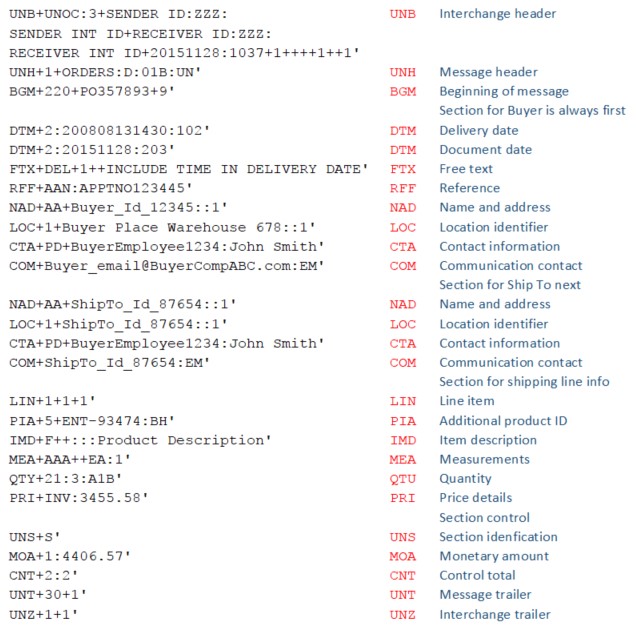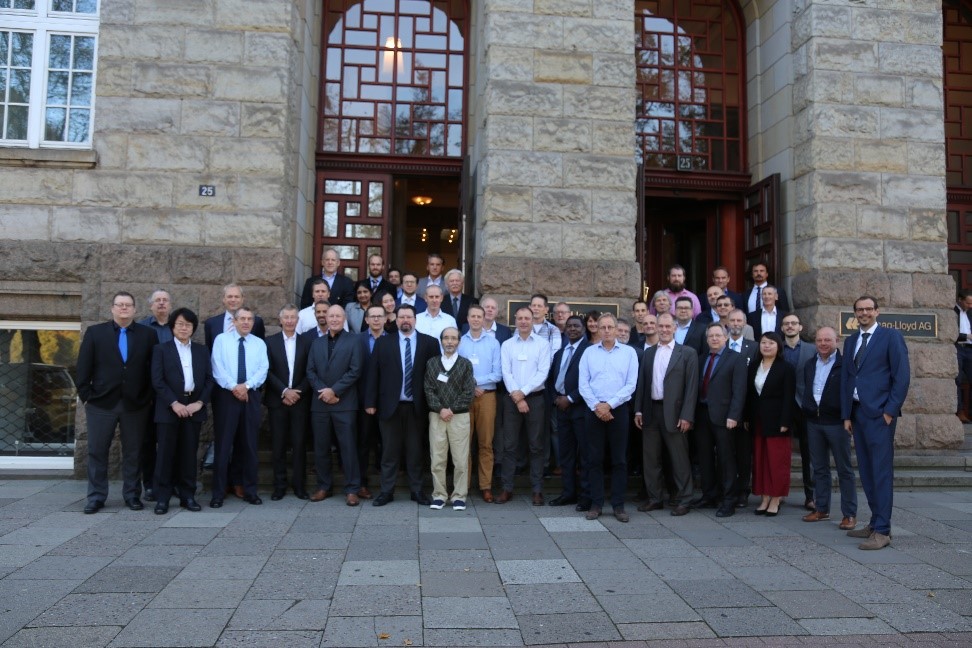The importance of this relationship has placed the agent4 as a named stakeholder, interfacing continuously and simultaneously with shipowners, operators, terminals, port services vendors, and port state control authorities through the exchange of sensitive, financial, and port coordination information. The relationship goes beyond that of a vendor. It can take different forms and especially in the tramp trade, shipowners require a local representative (an independent ship agent) to serve as an extension of the company.
Coordination of the ship’s call of port is a highly complex task being simultaneously global and local. It covers updates from agents, coordinating information with all port vendors, port state control, handling ship and crew requirements, and electronic communication between the ship, port and authorities ashore. As one example, which touches cyber risk management: Often agents are required to build IT systems, which upload information real-time into owner’s management information system.
Quality standards for agents are important because like all other businesses, agents are also targeted by cyber criminals. Cyber-enabled crime, such as electronic wire fraud and false ship appointments, and cyber threats such as ransomware and hacking, call for mutual cyber strategies and relationships between owners and agents to mitigate such cyber risks.


